Abstract
Botany proved a great distraction to alleviate the COVID-19 lockdown boredom this spring. Many of my favourite, Somerset botanising sites were tantalisingly out-of-reach. I resigned myself to making the best of sites within walking distance of home. I tried to gain some variation by setting out in a different direction every day. After some minor zigzagging through the village, I could easily find myself alone in wide open spaces. Unfortunately, the intensive agriculture in my immediate area does not generally make for prime botanising. As the spring progressed, I noticed how Nature thrived in a way I only remembered from my local childhood.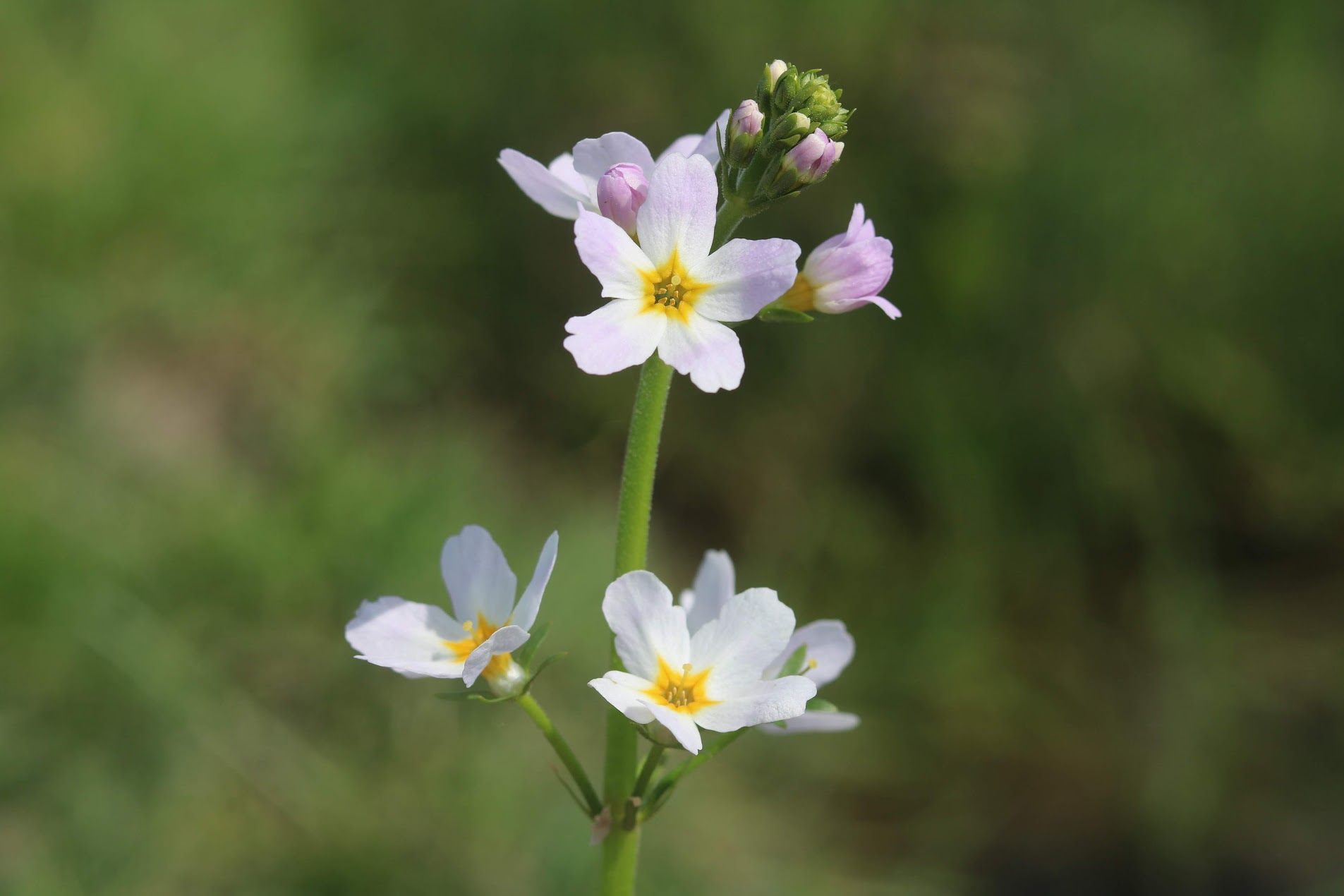 My walks included quiet country lanes, two woods, hills, fields, an empty golf course, ponds, rhynes, ditches and moorland. Exciting, rare plants were not likely in my immediate area. Habitats, normally dismissed as unappealing, proved more interesting than previously considered. As the weeks passed, the range of wild flowers increased. Local fields and even the unmown council land opposite the house were suddenly filled with Dandelions and Daisies. Butterflies fluttered around me and bees buzzed with relish. I saw many more wild flowers this year simply because they were left alone to bloom.
Once the lockdown restrictions eased slightly, I was able to travel a little further to Cheddar Gorge. The views were stunning as the air was so clear due to the reduction in air traffic. I was initially disappointed to find that I had missed my annual fix of native Bluebells at Long Wood. Fortunately, I was able to see a Bluebell carpet on the colder side of the Gorge. I was also pleased not to miss the undisturbed flowering of the rare Cheddar Pink.
My walks included quiet country lanes, two woods, hills, fields, an empty golf course, ponds, rhynes, ditches and moorland. Exciting, rare plants were not likely in my immediate area. Habitats, normally dismissed as unappealing, proved more interesting than previously considered. As the weeks passed, the range of wild flowers increased. Local fields and even the unmown council land opposite the house were suddenly filled with Dandelions and Daisies. Butterflies fluttered around me and bees buzzed with relish. I saw many more wild flowers this year simply because they were left alone to bloom.
Once the lockdown restrictions eased slightly, I was able to travel a little further to Cheddar Gorge. The views were stunning as the air was so clear due to the reduction in air traffic. I was initially disappointed to find that I had missed my annual fix of native Bluebells at Long Wood. Fortunately, I was able to see a Bluebell carpet on the colder side of the Gorge. I was also pleased not to miss the undisturbed flowering of the rare Cheddar Pink.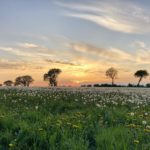
Karen Andrews
Dandelions and Dandelion clocks during a fabulous sunset at lockdown
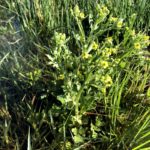
Karen Andrews
Celery-leaved Buttercup, Ranunculus sceleratus, reflects the spring sunshine in a local ditch
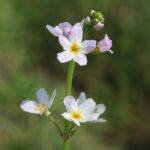
Karen Andrews
My favourite discovery was the eye-catching Water Violet, Hottonia palustris.
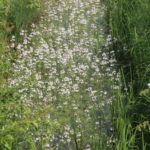
Karen Andrews
Water Violets, Hottonia palustris, as far as the eye could see in a Somerset rhyne. Their presence suggest good water quality.
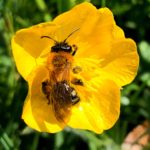
Karen Andrews
I became fascinated by pollinators' behaviour even on common flowers like Bulbous Buttercup, Ranunculus bulbosa.
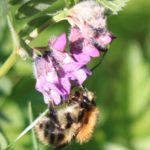
Karen Andrews
Bee on Bush Vetch, Vicia sepium.
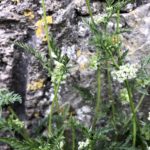
Karen Andrews
Knotted Hedge-parsley, Torilis nodosa: a surprising discovery against a wall on a walk around the block.
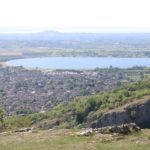
Karen Andrews
Without air traffic, visibility from the top of Cheddar Gorge stretched as far as the Bristol Channel.
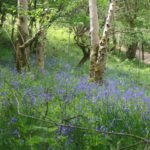
Karen Andrews
Bluebells, Hyacinthoides non-scripta, still in flower on the colder side of Cheddar Gorge in mid-May.
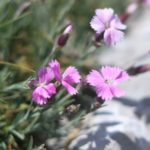
Karen Andrews
The rare Cheddar Pink, Dianthus gratianopolitanus, flowered undisturbed on a rocky ledge.
